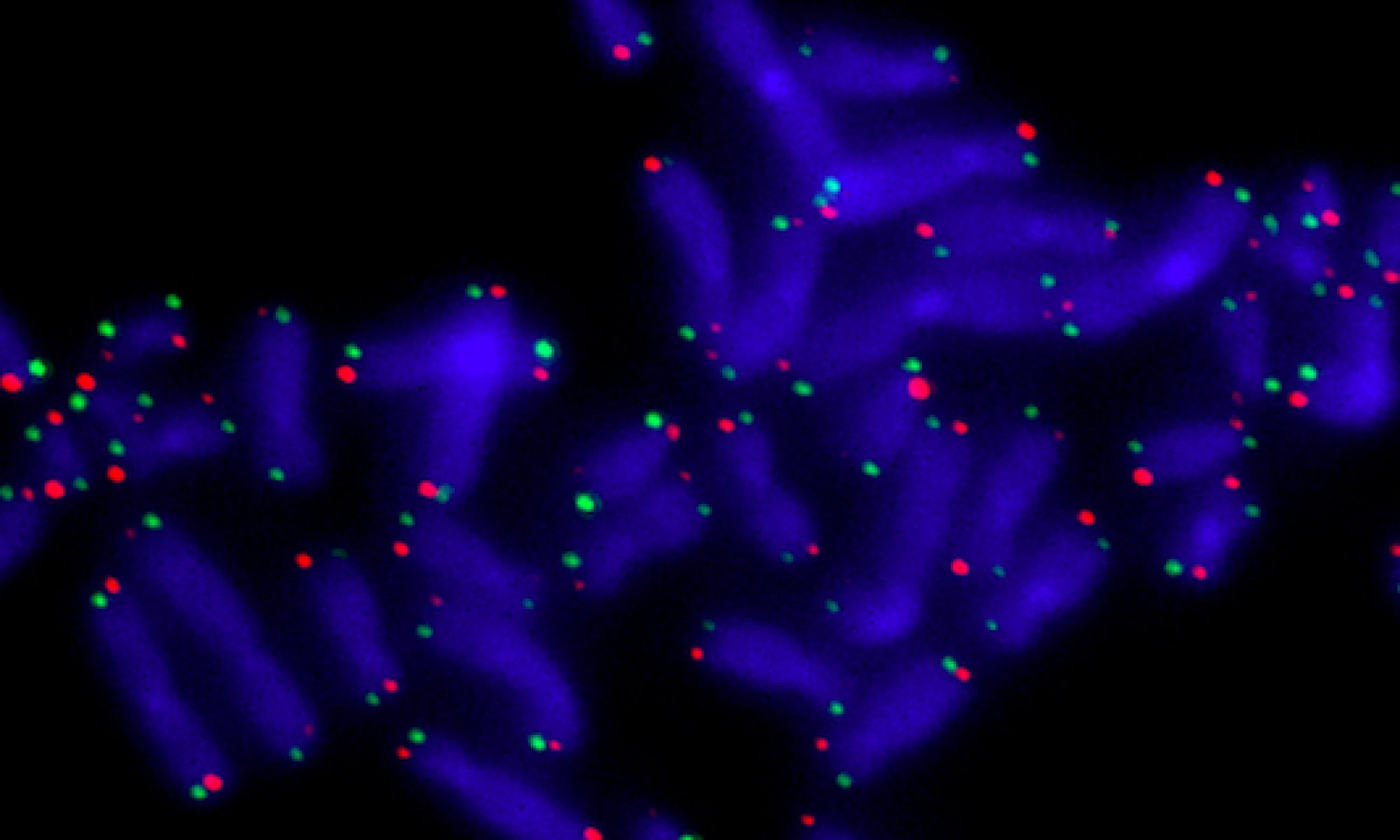Research Focus 1: Telomeres and Telomerase

Our goal is to shed light on the key functions of telomeres and telomerase in tissue homeostasis, tumorigenesis and aging. Telomeres are the repetitive DNA sequences at the end of linear eukaryotic chromosomes that allow a cell to distinguish the natural chromosome end from aberrant DNA breaks. Telomeric DNA repeats can be generated de novo by the enzyme telomerase thereby providing a compensatory mechanism that counteracts terminal sequence loss caused by the end replication problem. As a result, telomeres and telomerase are essential to genomic integrity and their disruption is associated with cancer and aging. The use of genetic mouse models has been a powerful way to gain insight into the fundamental mechanisms of how the telomere evades recognition by the DNA-damage machinery, the consequences of telomerase loss, and how the single stranded telomeric overhang is established. However, telomere shortening naturally occurs only in human somatic cells, but not in mouse cells. This telomere shortening, which functions as a tumor suppressor mechanism by limiting the replicative potential of human cells, is the result of selective silencing of telomerase expression in human cells upon their differentiation. Notably, this process is reversed and telomerase reactivated in about 90% of all human tumors after which telomerase expression becomes essential for their proliferation.
